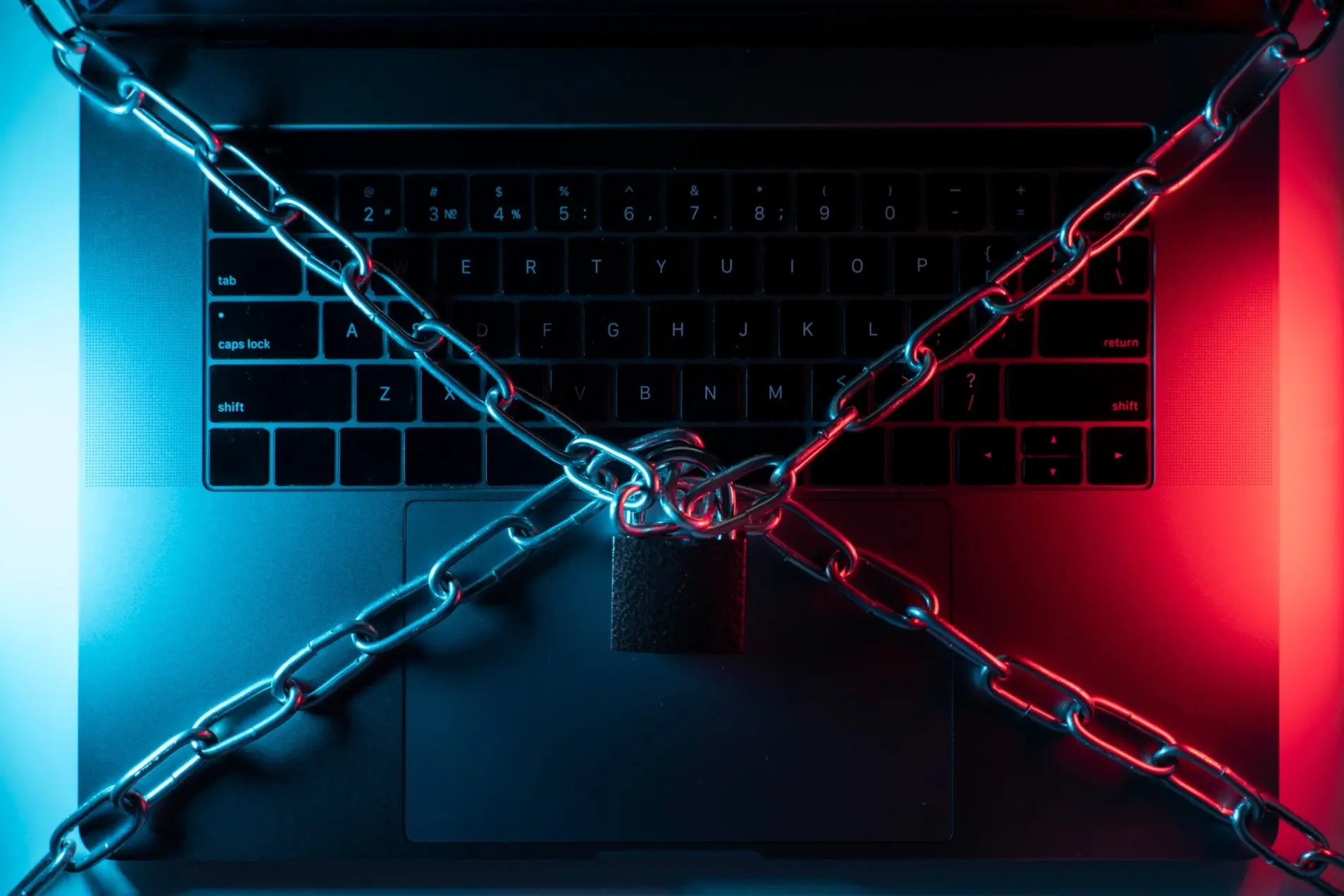Offerings OneData Software Solutions

As businesses move more of their operations to the cloud, the challenge of keeping systems secure grows every day. Threats are becoming smarter, quicker, and harder to predict. To stay protected, you need a security tool that doesn’t wait for a problem to show up—it needs to catch it early.
That’s where AWS GuardDuty comes in.
GuardDuty is Amazon’s intelligent threat detection service. It keeps a close watch on your AWS accounts, workloads, and data, spotting unusual activity and alerting you before anything serious happens. Let’s explore how GuardDuty works, what it monitors, and how it helps prevent threats from turning into full-blown security incidents.
AWS GuardDuty is a threat detection service that uses machine learning, anomaly detection, and threat intelligence feeds to identify and alert you about malicious activity within your AWS environment.
But here’s the best part: GuardDuty is agentless. There is no need to install or manage software on your instances. Once activated, it pulls insights from AWS logs, VPC Flow Logs, AWS CloudTrail, DNS logs, and even S3 data access patterns.
It works silently in the background—24/7—and flags anything suspicious.
In an on-prem setup, you usually rely on firewalls and endpoint detection. But in a cloud environment, AWS, threats can be subtle and fast-moving:
Traditional tools might miss these. GuardDuty doesn’t.
It’s designed to detect suspicious behavior that slips through conventional defenses, without slowing down your cloud operations.
GuardDuty continuously analyzes millions of events across your AWS environment in near real-time. No downtime. No manual triggers.
It uses threat feeds from AWS, CrowdStrike, and Proofpoint. This helps identify known malicious IP addresses, domains, and malware signatures.
GuardDuty establishes a “normal behavior baseline” for your environment. When something deviates from this norm, you get an alert.
For example:
GuardDuty can now monitor data access to S3 buckets. It detects unauthorized or suspicious API calls, like someone trying to exfiltrate sensitive data.
For teams using Amazon EKS, GuardDuty provides deep visibility into Kubernetes audit logs—spotting anomalies in your container workloads.
Let’s go through some examples of what GuardDuty can detect before the damage is done:
GuardDuty detects attempts to use stolen credentials—whether it’s accessing APIs from unusual geographies or interacting with AWS services in unexpected ways.
If someone hijacks your EC2 instance to mine cryptocurrency, GuardDuty can pick up on abnormal compute usage and outbound connections to mining servers.
GuardDuty monitors DNS queries and traffic patterns to flag potential communication with known malware servers.
A compromised resource scanning other internal IPs in your VPC? GuardDuty will catch it.
GuardDuty identifies unusual read patterns from S3 buckets, such as mass data downloads or access from unknown IP addresses.
One of the most underrated strengths of GuardDuty is that it scales effortlessly. Whether you have 5 accounts or 500, GuardDuty integrates seamlessly using AWS Organizations.
You can:
No infrastructure. No agents. Just security.
At OneData, we don’t just activate GuardDuty and walk away. We help organizations configure, monitor, and respond effectively.
Our AWS Security services include:
We also pair GuardDuty with AWS Config, CloudTrail, IAM Access Analyzer, and AWS WAF to provide a complete 360° view of your cloud security posture.
GuardDuty slows down my application.
Not true. It doesn’t run on your instances or insert agents—it uses native AWS logs.
It only works for EC2.
GuardDuty covers IAM, S3, Lambda, EKS, and more.
It’s hard to understand the alerts.
Each finding includes clear severity levels, recommended actions, and links to documentation.
Setting up GuardDuty is straightforward:
But if you want deeper visibility, tighter controls, and peace of mind, OneData is here to help.
When it comes to cloud security, early detection is everything. Waiting until after a breach is no longer an option. OneData AWS GuardDuty services give you a smarter, faster way to identify threats before they cause any real damage. Whether you’re new to AWS or managing a large cloud environment, OneData expertise in AWS GuardDuty ensures your systems are not just monitored, but truly protected.
Let’s show you how OneData AWS GuardDuty can secure your cloud—before threats even begin.